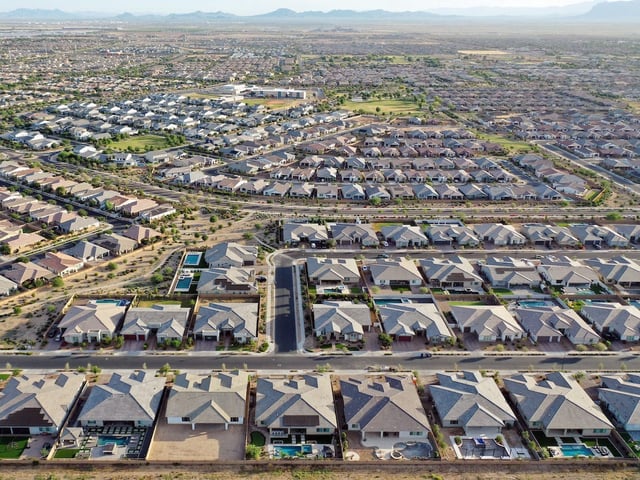Overview
- The primary-residence capital-gains exclusion has stayed at $250,000 for single filers and $500,000 for couples since 1997, while Moody’s estimates indexed equivalents would be about $885,000 and $1.775 million by house prices or $500,000 and $1 million by CPI.
- Moody’s says six-figure tax bills on long-owned homes, often topping $100,000 in high-appreciation markets, deter downsizing and keep roughly 6 million seniors in oversized houses, with step-up in basis encouraging holding until death.
- Indexing the exclusion to inflation would reduce federal revenue by an estimated $3–$5 billion annually, and eliminating the cap would cost $6–$10 billion on a static basis, according to the analysis.
- Two House bills are pending: H.R. 1340 to double and index the exclusions and H.R. 4327 to eliminate the cap, and the White House has signaled it is “thinking about” changes.
- Moody’s argues reform could unlock inventory and boost mobility but cautions that higher exclusions might also fuel demand and lift prices in some markets.


